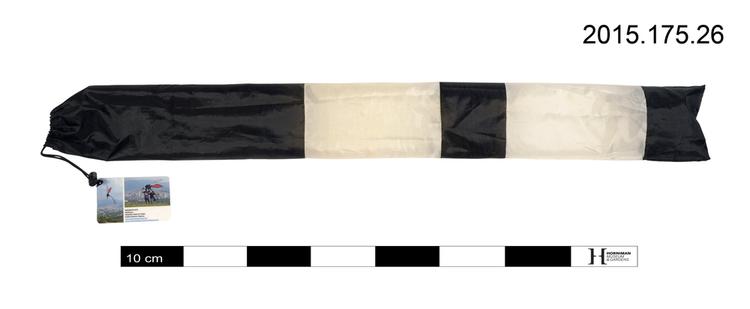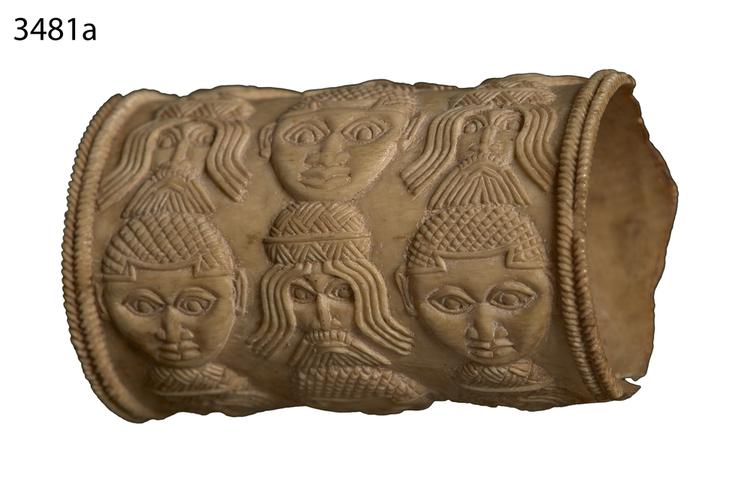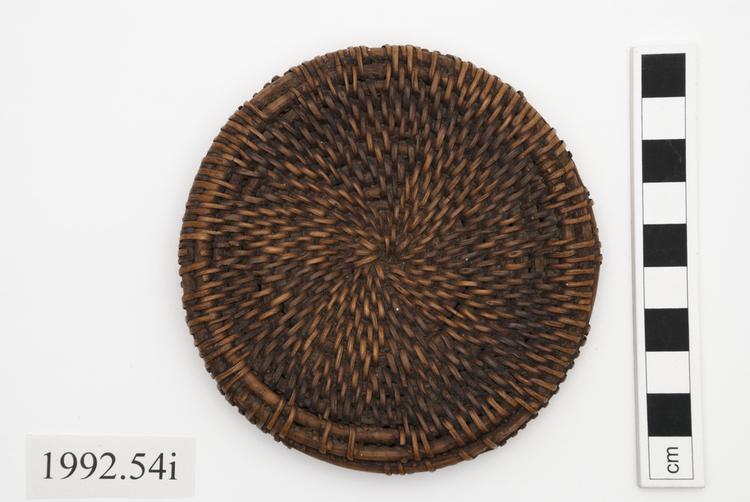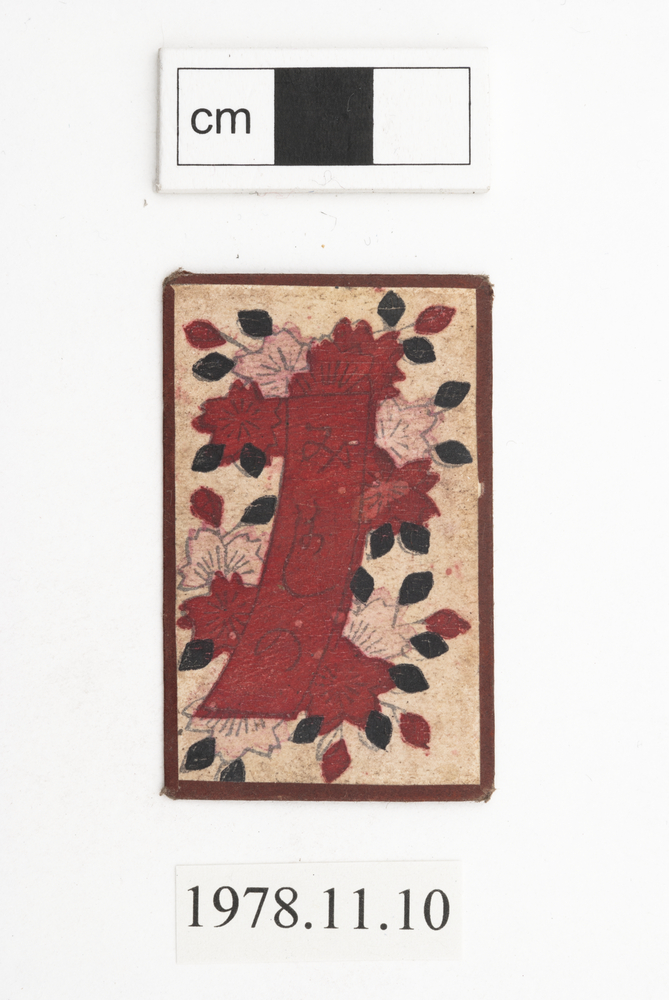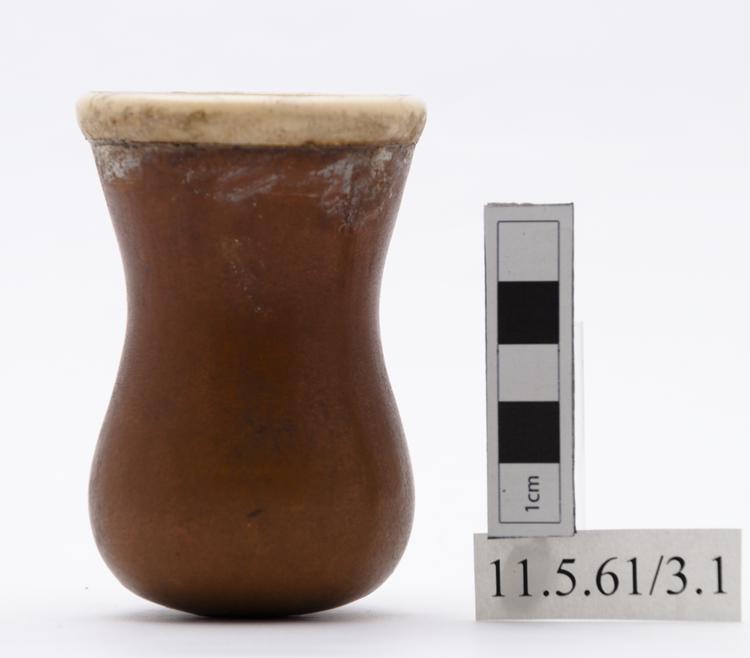
Cage made of gourd with an ivory rim, used as a trap to catch crickets as a children's game.
Raising crickets is a traditional Chinese hobby. According to historical records from the Tang Dynasty (AD 618-907), imperial concubines put crickets in small gold cages and took them to bed to hear their singing during the night. Crickets symbolize summer and were kept as symbols of luck and virtue. They were also symbolic of courage and high position. The art of cricket fighting as a sport, began in the early Song dynasty (960-1127). The rule being "eighth month buy, ninth month raise, tenth month contest". The association with courage is directly related to gambling on the fighting crickets. "The cricket forms the basis for the rebus guan jiu yi pin. This rebus relates to the cricket, which also has the name guo, which sounds similar to guan, official; the chrysanthemum is called jiu, which sounds like the word 'to sit'; and yi pin which is a first-rank official. It likens the cricket sitting on a branch of a chrysanthemum to a scholar for whom it is wished that he could hop quickly to a high rank." From Symbols and Rebuses in Chinese Art, Fang Jing Pei, 2004, page 53.



